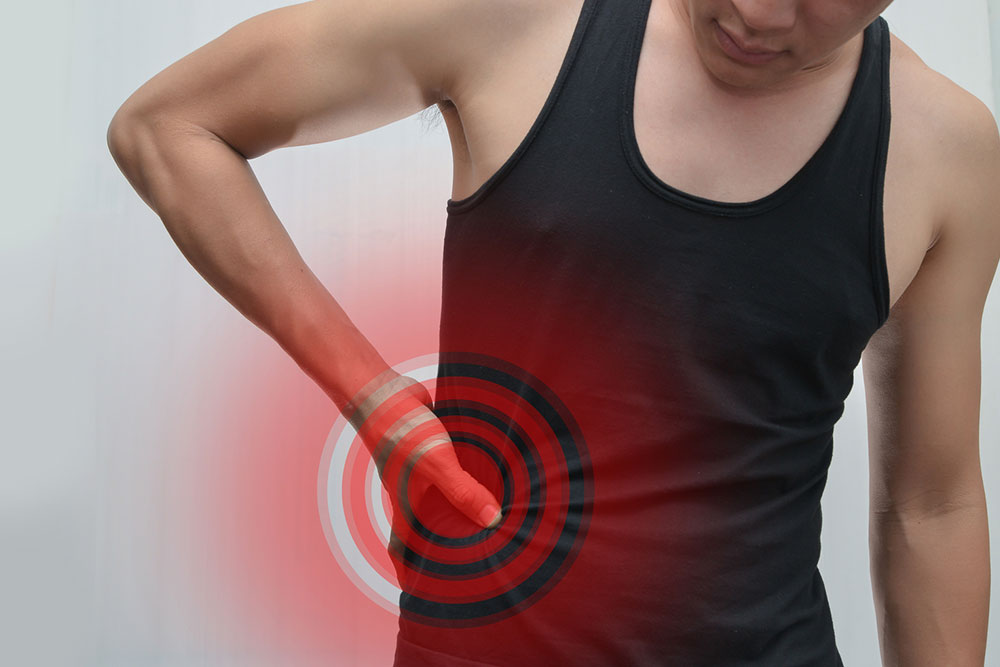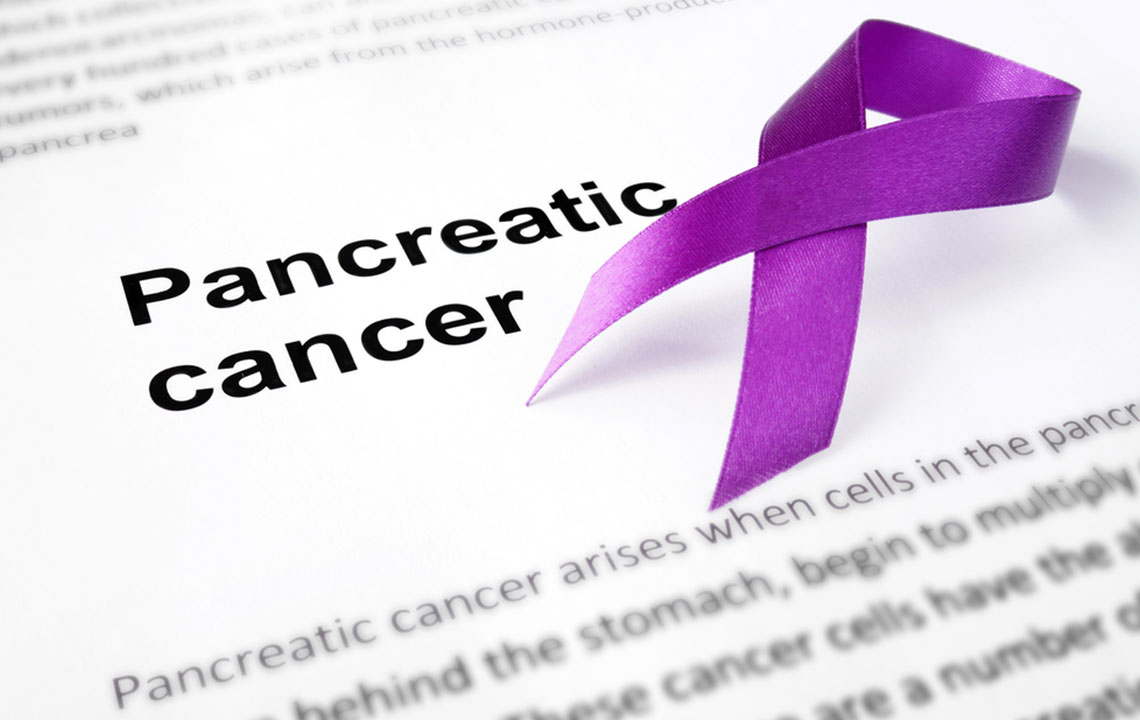Comprehensive Guide to Recognizing Early Symptoms of Liver Disease and Protecting Your Liver Health
This comprehensive article highlights early warning signs of liver problems, emphasizing the importance of recognizing symptoms such as jaundice, itchy skin, swelling, and bleeding tendencies. It elaborates on the liver's vital functions and provides guidance on preventive measures to maintain liver health. Early detection and prompt medical attention are crucial to avoid severe complications like cirrhosis or liver failure. Learn how lifestyle choices and awareness can significantly impact your liver health and overall well-being, ensuring a healthier future.

Comprehensive Guide to Recognizing Early Symptoms of Liver Disease and Protecting Your Liver Health
The liver, often referred to as the body's largest internal organ, plays an indispensable role in maintaining overall health and metabolic balance. Despite its importance, many people tend to ignore or overlook the early warning signs of liver problems, risking severe health issues that could have been prevented through timely intervention. Understanding the functions of the liver, the common causes of liver damage, and the early symptoms associated with liver dysfunction is crucial for maintaining optimal health and ensuring early diagnosis.
The liver's primary responsibilities include synthesizing essential fats, proteins, and carbohydrates, as well as detoxifying harmful substances such as toxins, excess alcohol, and certain medications. It also plays a vital role in producing bile, which is necessary for digesting fats, and in regulating blood clotting. Located predominantly in the upper right quadrant of the abdomen, the liver is connected to the gallbladder and intestines via a network of bile ducts, facilitating digestion and absorption of nutrients.
Blood flows into the liver from two main sources: the portal vein, carrying nutrient-rich blood from the digestive organs, and the hepatic artery, delivering oxygenated blood from the heart. This dual blood supply allows the liver to efficiently filter nutrients and toxins, as well as supply oxygen for cellular functions. Interestingly, the liver possesses a remarkable ability to regenerate damaged tissues, but persistent injury or chronic diseases can impair this regenerative capacity, leading to long-term damage and potential liver failure.
Warning Signs Indicating Liver Damage
Maintaining a healthy liver is essential because the organ's inability to effectively filter blood and eliminate toxins can lead to life-threatening conditions. Recognizing the early symptoms of liver problems allows for prompt medical intervention that can halt or reverse disease progression, preventing complications such as cirrhosis, liver failure, or even liver cancer.
Jaundice: Yellowing of Skin and Eyes
One of the most prominent and recognizable indicators of liver trouble is jaundice. This condition manifests as a yellow discoloration of the skin, sclerae (the whites of the eyes), and mucous membranes. Jaundice occurs due to the accumulation of bilirubin—a yellow pigment produced from the breakdown of red blood cells—that the liver fails to process and excrete properly. Causes of jaundice include hepatitis, alcohol-related liver disease, liver cirrhosis, and exposure to hepatotoxic substances.
Persistent Itching: Pruritus
Unexplained, persistent itching over large areas of the body can indicate liver issues. This symptom results from the buildup of bile salts in the skin, which can occur when bile flow from the liver is obstructed or impaired. Though itching can be caused by various conditions, in the context of liver disease, it signifies that toxins and bile acids are not being effectively eliminated, leading to systemic effects.
Swelling and Fluid Retention: Edema and Ascites
Fluid buildup in the body's tissues is a common sign of advanced liver disease. Swelling can appear in the legs, ankles, abdomen, and other parts of the body. This occurs because liver damage impairs the production of proteins such as albumin, which helps maintain blood oncotic pressure, leading to leakage of fluids into surrounding tissues. Additionally, portal hypertension—a consequence of cirrhosis—can cause ascites, the accumulation of fluid in the abdominal cavity.
Unusual Bruising and Bleeding Tendencies
The liver is integral to synthesizing clotting factors that help stop bleeding. When liver function diminishes, the production of these clotting proteins decreases, increasing the risk of easy bruising, prolonged bleeding, and petechiae (small red or purple spots). Such symptoms are often early clues to underlying chronic liver disease and require immediate medical evaluation.
Silent or Asymptomatic Stages
In the early stages, liver problems may not cause obvious symptoms, making detection challenging. Individuals might experience vague symptoms like fatigue, general weakness, or mild discomfort. Over time, ongoing liver damage can lead to toxin accumulation affecting the brain—a condition called hepatic encephalopathy—resulting in mental confusion, personality changes, nausea, vomiting, diarrhea, or even coma in severe cases. Regular health checkups and liver function tests are essential for early detection, especially for at-risk populations such as heavy drinkers, individuals with hepatitis, or those with obesity.
In conclusion, understanding the early warning signs of liver disease is critical for prevention, early diagnosis, and effective management. Maintaining a healthy lifestyle—balanced diet, limiting alcohol consumption, avoiding exposure to toxins, and managing underlying health conditions—can significantly reduce the risk of liver problems. If you notice any of these symptoms or have concerns about your liver health, consult a healthcare professional promptly to undergo appropriate evaluations and interventions. Protecting your liver today safeguards your overall health and quality of life tomorrow.





